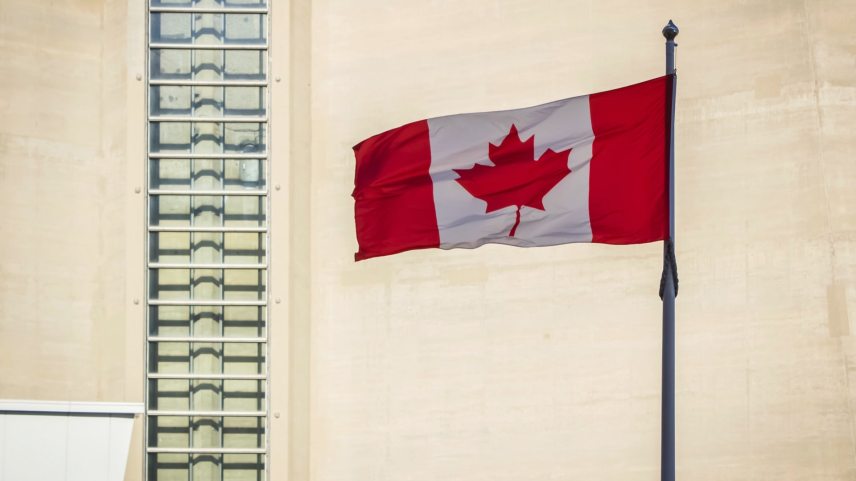Canadian interest rates are on the rise and households apparently took that as a warning to borrow as much as possible. Filings with the Office of the Superintendent of Financial Institutions (OSFI) show home equity line of credit balances surged higher in February. Over 28 days, Canadians borrowed $2 billion more in HELOC debt — the most for a month since 2012.
Canadians Owe $168.5 Billion In HELOC Debt
Canadian households have been tapering on their HELOC borrowing but they’re back with a vengeance. The balance hit $168.5 billion in February, up 1.2% (2.0 billion) from the month before. Households now owe 1.4% ($2.3 billion) more in HELOC debt than they did a year ago. Balances haven’t been this high since December 2020, reversing 13 months of chipping away at the balance in just one month.
Canadian HELOC Debt
The outstanding balance of Canadian home equity line of credit held by institutions.
Source: OSFI; Better Dwelling.
Canadian HELOC Debt Is Rising At The Fastest Rate Since 2013
HELOC balances grew at the fastest annual rate in nearly a decade. Growth in February might sound small at 1.4%, but Canada hasn’t seen the credit segment rise this fast since May 2013. It might not sound like much, but this is an unusually fast increase for a very large segment of debt with substantial interest costs. But that’s not what’s interesting, it’s what happened in just February that is.
Canadian HELOC Growth
The annual growth rate for Canadian HELOC debt.
Source: OSFI; Better Dwelling.
Canadians Borrowed $2 Billion More In HELOC Debt Over 28 Days
The biggest takeaway from the February HELOC numbers is the mindblowing growth seen over just 28 days. An increase of $2 billion in the month is the largest single-month increase since 2012. Excluding 2009, it’s only occurred for 10 months in the past 386 months. For some reason 2009 seems to have been a year everyone was in the mood to take out an exceptional amount of cash from their home. The monthly increase also represented 87% of the net increase of HELOC debt in the past 12-months.
Unclear why Canadians all of a sudden needed $2 billion in HELOC debt over just 28 days in February. The RRSP cutoff for this tax cycle was due in February, which may have led people to borrow home equity to top that off. It was also a month before the rate hikes, so it’s possible some cash may have been allocated to down payments to secure financing and lock in purchases before rate hikes. It’s anyone’s guess, but it is surprising to see borrowers dive into debt right after the central bank tells them to pay it down.

For some reason 2009 seems to have been a year everyone was in the mood to take out an exceptional amount of cash from their home.
It had absolutely nothing to do with interest rates cratering after the GFC, we know that for a fact. 🙂
I’m guessing it was a lot of parents borrowing against their homes to get Junior & Squeeze into a $1.1 million townhome in Hamilton. Another chunk was “investors” doing the same thing. Cuz rates are going up bro… and fortune favours the bold.
Clarification: Of course my second paragraph refers to February 2022, not 2009.
There’s actually a microdata analysis from the Bank of Canada showing the rise in unemployment led people to retire and draw on their home equity. Not really the same, but that being said I believe they were being sarcastic. m
A home equity line of credit HELOC makes the Banks the casino. House rules apply where the house wins the majority of the time. Hopefully, some of the equity is being used to create new businesses. But I wouldn’t count on that happening. Property speculation is much easier to monitor, where getting in and out of the game can change with each poker card drawn. Businesses don’t have the same luxury as it’s challenging to unload inventory, find new clients or tell your workers and administrators in the manufacturing plant to go home.
Swapping debt using a HELOC has never been so appealing. Marginal tax rates are high, nominal interest rates are still very low and land value keeps increasing. Prudent investors only should do this only over the long term!
The property owning class get to take 2.5% HELOCs and 1% mortgages, while the working class have to pay 21% interest rates on credit cards and 500% payday loans, just to cover the rent.
They will own nothing, and live miserable—the Canadian working class. Now the homeless class are harassing the working class in the TTC by demanding $5 to $10 dollars as a donation, while the property owning class get the Toronto Police to kick the homeless people worse than stray dogs.
Working class should be able to get a line of credit with 5% rates, nobody should pay 20+% in interest
I think what most of us don’t understand is that a 20-30% drop not only means the value of our home will fall, it also means that when you renew your mortgage loan the bank/lender will only give you a amount based on the current value of of home. Meaning, if you have a 1mil home and it drops by 30% the bank will only give you 700,00K.
Let that sink in for a minute….